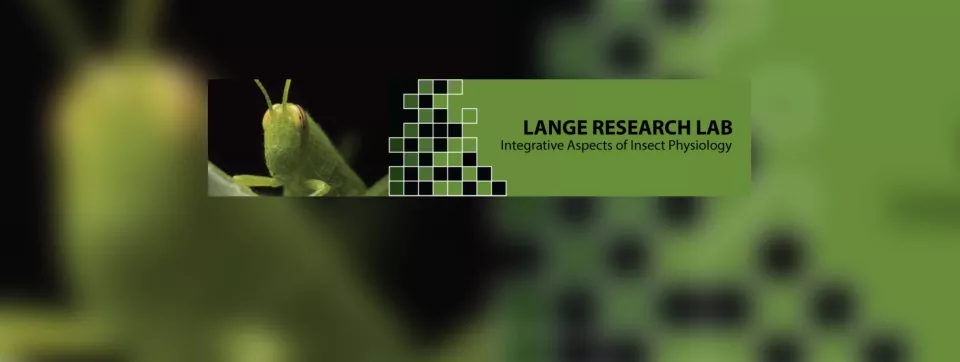Our long-term goals are to study how cells, tissues and organ systems in insects are regulated and integrated by neurons and neuroendocrine pathways that utilize a variety of neuroactive chemicals (neuropeptides and amines), G-protein coupled receptors (GPCRs) and second messengers. We are interested in how these systems participate in successful behaviours; including aspects of reproduction, digestion, circulation of nutrients and waste, and ecdysis behaviour. We have observed that some neuroactive chemicals are expressed in a variety of cell types and so it is possible that these neuroactive chemicals might in themselves represent functional units that interact to bias the insect towards a new functional state or behaviour. In addition, these neuroactive chemicals are also components of the brain-gut axis, and therefore serve as a link between the endocrine / neural system of the digestive tract, the neuroendocrine system, the central nervous system (CNS), and circulation of haemolymph (blood) and neurohormones.
This work entails neurophysiology, neurochemistry, receptor physiology, signal transduction, molecular biology and various bioassays. Our work allows for experimentation at the whole animal level down to the molecular level. Work of this nature can furnish the means of controlling insect pests by development of new insecticides.

